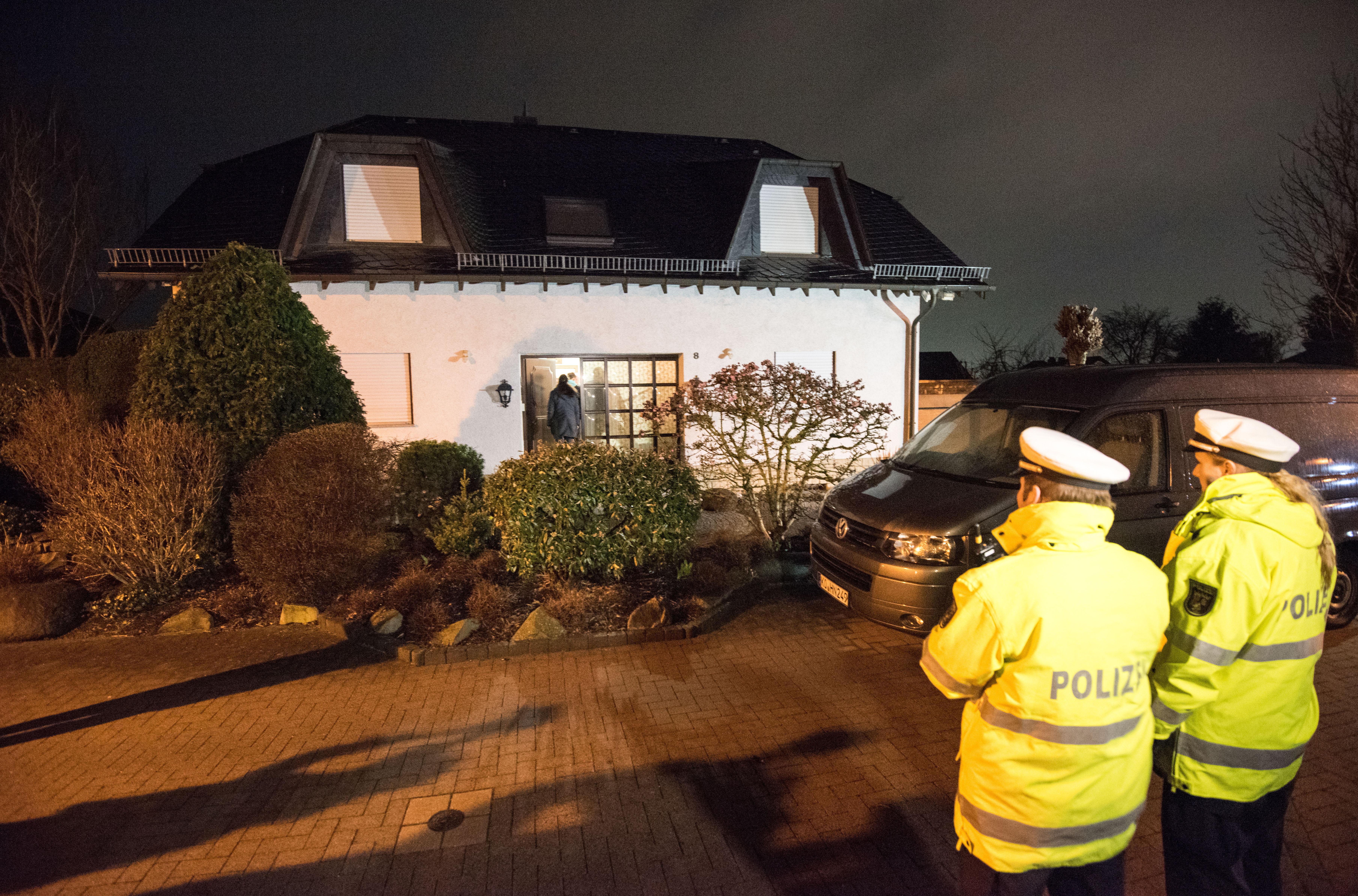On Tuesday, Germanwings Flight 9525 crashed into the French Alps, killing everyone on board. On Thursday, after examining the evidence, French prosecutors delivered their preliminary judgment: The 27-year-old German co-pilot, Andreas Lubitz, did it. He locked the captain out of the cockpit, ignored pleas to open the door, and steered the plane into a mountain.
Reporters asked the CEO of Germanwings’ parent company, Lufthansa, whether the crash was a suicide. He replied: “When one person is responsible for 150 lives, it is more than suicide.”
That’s exactly right. If you lock yourself in your bedroom and take an overdose, that’s suicide. If you lock yourself in the cockpit of a commercial airliner and take 149 people down with you, that’s not suicide. It’s mass murder. You’re the moral equivalent of a suicide bomber, maximizing the carnage you inflict on your way out.
Just because you fly planes doesn’t mean you have to commit your final act in a cockpit. Long before you report to work, you have other opportunities to kill yourself. The night before, you can take pills. You can go into the bathroom and shoot yourself. You can wait until morning, sit in your car, and inhale carbon monoxide. On the way to the airport, you can drive into a tree. Any of these methods can end your life without taking anyone else’s.
If you want the glory of going down in a plane, a pilot’s license lets you do that on your own. Take a look at the Federal Aviation Administration catalog of “aircraft-assisted pilot suicides.” From 2003 to 2012, the FAA reports eight such incidents in the United States. All eight involved small aircraft, not jets. Seven of the eight pilots flew solo. Only two used their aircraft as weapons. One crashed into his former mother-in-law’s house, killing himself and his child, who was on board with him. Another steered his plane into an office building, killing an employee in the building. That’s one dead passenger and one person fatally struck in 10 years. At that rate, it would take more than a century to match the death toll of the Germanwings crash.
But that’s only the “aircraft-assisted” suicides. Most pilots kill themselves in ordinary ways. In the National Occupational Mortality Surveillance database, you’ll find records of 1.4 million deaths that took place in the United States in 1999, 2003, 2004, and 2007. Seventeen of these deaths were suicides by airline pilots or navigators. If that ratio holds true across the 25 million deaths in this country over the past decade, the total number of suicides by pilots and navigators would be about 300. Even if you cut that projection by 50 percent to 90 percent, you’re still looking at a stack of dead pilots that dwarfs the eight “aircraft-assisted” suicides. The vast majority of pilots who kill themselves don’t do it in planes.
How do they do it instead? Here are four examples. Tim Sewell spent four years flying planes for United Airlines. By taking down any of those jets, he could have killed hundreds of passengers. Instead, three years ago, he jumped off a cliff in Colorado. Terry Thompson flew chartered planes for companies in Ohio. He could have plunged one into the ground. But four years ago, when he decided to end it all, he shot himself. Philip Marshall, a California man, spent 20 years flying jumbo jets for Eastern Airlines and United Airlines. Two years ago, he, too, chose to take his own life with a gun. Simon Wood, an Englishman, piloted international flights for British Airways for more than a decade. In 2013 he threw himself under a train.
Several of these men did terrible things. Thompson accumulated dozens of dangerous animals and set them loose just before his suicide, terrifying nearby residents and triggering a hunt that killed nearly all the animals. Wood faced charges of child pornography and indecent assault on an 8-year-old, as well as lawsuits that said he had abused more than a dozen other girls. Marshall, on his way out, shot to death his two teenage kids and the family dog.
But even by the ugliest reckoning—even if these three men were responsible, cumulatively, for two dead teenagers, 50 dead animals, and 35 molested children—the harm they did pales beside Tuesday’s horror. With one locked door and one pressed button, one person massacred 149 others.
Two years ago, when Adam Lanza gunned down 20 kids at Sandy Hook Elementary School, I lost patience with the standard suicide-prevention message.* “If you’re thinking of killing a lot of people and then yourself,” I suggested, “start with yourself.” Maybe I shouldn’t have put it that crudely. But there’s a case to be made for minimal suicide, as there is for safe sex. If a person is determined to kill himself, telling him to abstain isn’t enough. The least he can do—and perhaps the most he can do—is to spare the lives of others.
Read more of Slate’s coverage of the Germanwings crash.
*Correction, March 30, 2015: The article originally misstated that the Sandy Hook shootings took place 15 months ago. The shootings took place in December 2012, 27 months before publication. (Return.)
